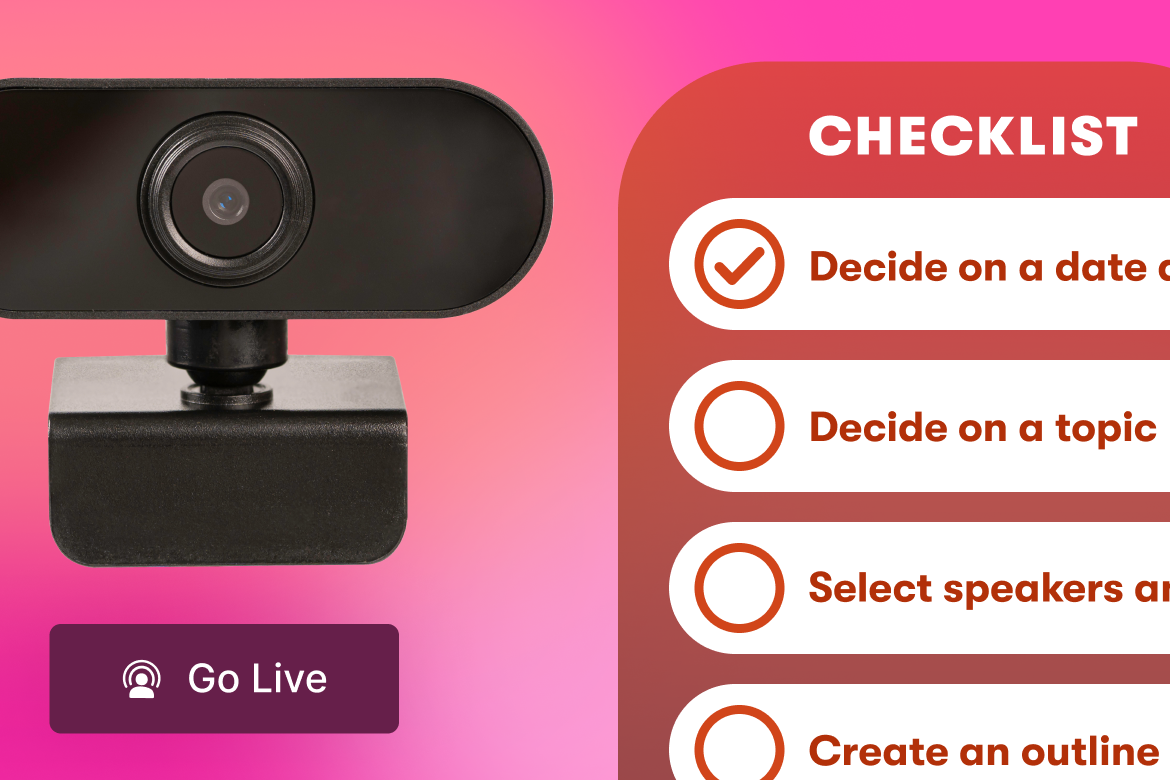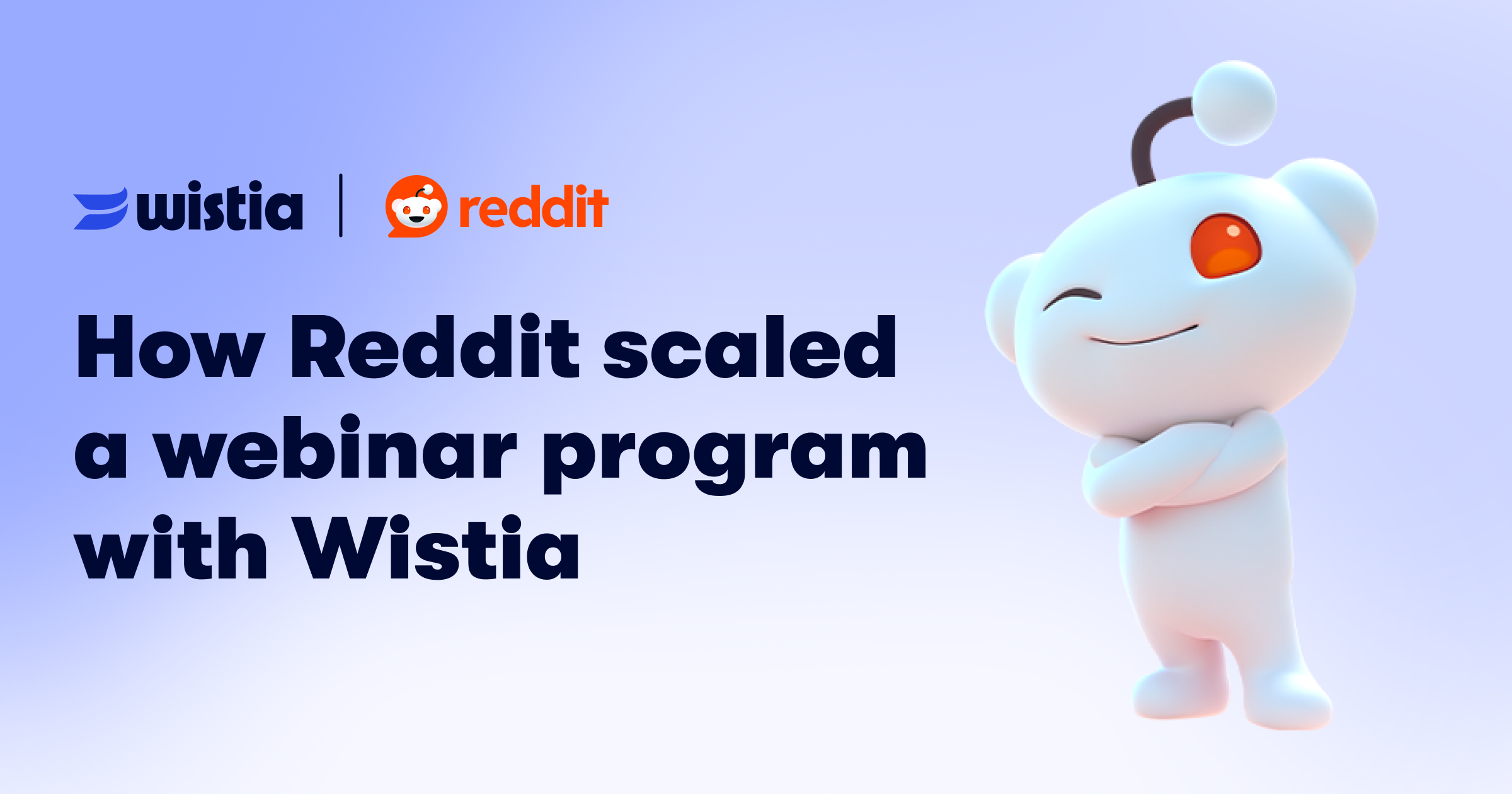3 Best Practices for Creating Compelling Product Page Videos
October 8, 2021
Topic tags
If you’ve ever bought electronics, clothes, a tool for work — or pretty much anything else — online, there’s a good chance you’ve seen product page videos. A product page video is exactly what it sounds like: It’s a video on a page that tells a deeper story about a product and helps a consumer make a purchasing decision.
Videos in general make a real difference in your bottom line, so they’re worth putting some thought behind. According to Wyzowl’s most recent video marketing research, 94% of video marketers say users have gained greater understanding of a product through video, and 84% said video helped generate leads. Using the power of video on your product pages can help you to inform — and ultimately convert — people at the exact moment they’re proactively seeking more information on your product.
“Using the power of video on your product pages can help you to inform — and ultimately convert — people at the exact moment they’re proactively seeking more information on your product.”
But before you dive straight into video production, there are a few best practices to consider. First, devote some thought to what type of video you should make, whether it’s an explainer, demonstration, or testimonial. And, no matter what type of video you choose, you’re more likely to connect with the viewer if you build a compelling narrative and give attention to production details like sound, lighting, and setting.
Below, you’ll find explanations of essential elements of product page videos, along with some examples of videos we love.
1. Choose the right type of product page video
The “right” kind of product page video is the one that helps your customer the most. To make a smart choice about what kind of video you need, think about questions the customer might have about the product.
It’s always beneficial to learn from examples. Here are three types of product videos, with notes on why that type of product page video is appropriate for a specific product.
Explainer: To highlight the purpose of the product
Explainer videos are great for helping viewers understand the purpose of a product. They are generally presented as a short, lively product description, often including product images and lists of product features. They help the customer learn more about the intent and uses of the product or service.
Explainer video example: Soapbox by Wistia
While the above is a great example of an explainer video, it’s actually a tool you can use to make your own, too! Our webcam and screen recorder is an innovative way to make great videos (explainers or any other type).
If the viewer isn’t familiar with the product, a short explainer product page video can help by providing an overview of product features, use cases, and answering the question, “Why would I want to use this product?”
Demonstration: To show the product in action
Demonstration videos do exactly what the name says — they use video to illustrate the product in action. The underlying question demos answer is often two-fold: What does the product do, and how does the product work?
Demo video example: DJI’s Air 2S Drone
It’s hard to imagine a video cooler than one involving drone footage taken from way up in the sky. Check out the scenes depicted in the above Air 2S product video to get a feel for what a great demo can do. Remember that the end goal is here to help a customer envision what it would be like to actually use this product.
Can you see why this example works?
We certainly can! The stunning and exhilarating footage used in this video helps customers to see that this product is just what they need in their lives.
Testimonials: Share why users love the product
Testimonial product page videos center customer experiences. In its simplest form, a testimonial depicts a consumer on camera giving a forthright, detailed opinion regarding your product.
Testimonial video example: Apple’s iPhone camera
Testimonials can offer customers a chance to tell — and show — the world why they love your product so much. Apple’s Webby award-winning video from 2020 features two expert users who share their enthusiasm for the iPhone camera by showing eye-catching images in a short, entertaining video.
This one actually checks all three boxes: It’s a real-life demonstration, explainer, and testimonial all-in-one. No wonder it earned such high marks from the Webby judges!
2. Construct a compelling narrative to connect with viewers
Now that you know what type of videos are a good fit for product pages, you can focus on the content of your video.
A good story keeps a viewer or listener engaged from start to finish. Seeing as how video marketing is all about viewer engagement, it makes sense to use the power of narrative to connect with viewers in your product page videos.
Here are some tips on how to use good storytelling techniques to draw a viewer in — and keep them engaged.
Connect with emotion
Even if the purpose of a product page video is as simple as showing the steps to install a battery, it’s important as you develop the script to remember a real person is on the other side of the screen. What you’re hoping to do with any video is to make an emotional connection with your audience.
Emotional connection doesn’t mean you have to make people laugh or cry, necessarily. There are many less intense emotions associated with purchasing decisions, such as satisfaction, uncertainty, confusion, enjoyment, and impatience.
That means if your product video elicits a sense of satisfaction or alleviates uncertainty, you’ve made the kind of emotional connection viewers will appreciate — and it may just help them decide to buy your product.
Connect with visuals
If you want to connect visually with a viewer (and you should), it’s a good idea to learn about color theory.
Color theory covers, among other artful ideas, how and why the human eye is attracted to certain combinations of color. Use too many colors, and people are distracted or put off. Use too few or make the wrong combinations, and people might be turned off by what you’re showing them.
If you choose vivid, dynamic images that make savvy use of the right color combinations, you have a solid chance of quickly capturing your viewer’s attention. And no matter what color combination or font you choose, make sure the product appears early on in the video so that viewers know exactly what to expect and are reassured their questions will be answered.
Connect using music
One other important but often overlooked storytelling element is music. The song you play in your video helps set the tone and establish the pace.
Music elicits emotion and builds momentum. The tune can generate excitement, elicit a feeling of playfulness, or give the viewer a sense of calm. (There’s that emotional connection again!)
Composer Wes Hughes said it best: “Music helps guide the audience towards what is important to the story and helps invite them into an experience where they can feel empathy and an emotional connection.”
3. Engage viewers with great production value
There’s no need to hire a Hollywood production team or spend money on hyper-sensitive microphones, professional stage lights, or expensive cameras. That said, a viewer might not stick around if the video is tough to hear or unpleasant to watch.
Not to worry. With just a bit of research and practice, you can learn enough about sound, lighting, and set building to create a high-quality video. We know firsthand that even beginners can incorporate killer production values that keep viewers engaged and delighted.
Here are a few of our favorite production resources:
- The key to great sound is to get your microphone as close to the subject as possible, as explained in this video: Choosing A Microphone For Your Video - The Beginner’s Guide to Video Production
- Simple lighting is often more effective than a big, intimidating setup, as demonstrated here: The Un-Intimidating Lighting Setup - The Beginner’s Guide to Video Production
- Choose a background that enhances your story, not one that distracts from it, as shown here: How to Choose a Background for Your Video - The Beginner’s Guide to Video Production
Measure your product page results to guide future video decisions
Now you have a few ideas for what type of product page video to create, as well as how to make it. After you’ve created your product page video, you’ll have several other decisions to make, including how to present it on the page, where to host it, and — dare we say it? — what category you want to enter it into for the next Webby Awards.






